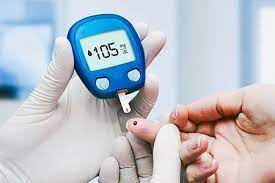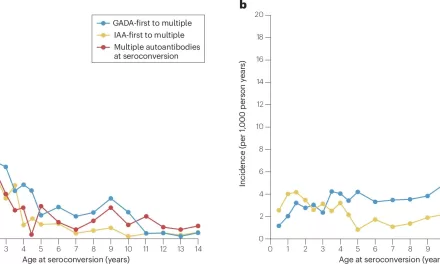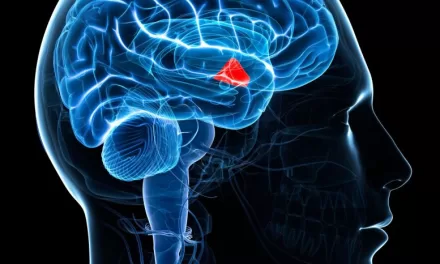Despite the widespread use of continuous glucose monitoring (CGM) and automated insulin delivery (AID) systems, many individuals with type 1 diabetes (T1D) are not meeting key health targets, a new survey reveals. The findings suggest that while technology has advanced, it is not sufficient on its own to ensure optimal diabetes management.
Survey Insights: Unmet Goals
The survey, conducted by the T1D Exchange and presented at the 2024 annual American Diabetes Association Scientific Sessions, involved over 1,000 adults with T1D. About 90% of participants were using CGMs and two-thirds were using AIDs. Despite this high usage, approximately one-third of respondents were unable to achieve the recommended A1c levels below 7%, a crucial marker of long-term blood glucose control. Additionally, nearly one-third had impaired awareness of hypoglycemia (IAH), and about 20% experienced at least one severe hypoglycemia episode (SHE) in the past year.
These findings mirror those from a previous survey conducted between February and April 2021, which included over 2,000 participants, suggesting that significant challenges remain in T1D management even with advanced technology.
The Human Factor
Dr. Jennifer L. Sherr, a professor of pediatrics at Yale University School of Medicine and herself a T1D patient, emphasized that current technology cannot fully compensate for human error. “The technology right now can’t fix any of that. What this tells me is that we have much better tools today, but there’s so much that still leaves us at risk,” she stated. Common causes of severe hypoglycemia identified in the survey included miscalculation of insulin doses, overestimation of carbohydrate intake, physical activity, and missed meals.
Need for Innovative Approaches
The survey highlights the urgent need for new strategies to help individuals with T1D achieve glycemic targets while avoiding hypoglycemia. “These results highlight the need for innovative approaches to enable people with type 1 diabetes to reach glycemic targets whilst also avoiding hypoglycemia to decrease the risk of complications and improve quality of life,” Dr. Sherr said.
Session moderator Dr. Ilias Spanakis, Associate Professor of Medicine at the University of Maryland, noted the complexity of the issue. “IAH and SHE have multifactorial causes, and the use of CGMs and AIDs can have only a modest impact in these important and complicated conditions,” he commented.
Survey Methodology and Results
The follow-up survey, conducted between April and May 2023, included 1,056 participants from the original group. A1c levels, hypoglycemia awareness, and severe hypoglycemia incidents were measured. Despite an increase in CGM and AID usage from the previous survey, the proportion of participants achieving A1c levels below 7% increased only marginally from 62.1% to 67.4%. Similarly, the incidence of IAH and SHE remained largely unchanged.
When asked about the causes of severe hypoglycemia, participants frequently cited insulin dose miscalculations and carbohydrate overestimations. Most severe hypoglycemic events were managed outside of healthcare settings, often by family or friends, underscoring potential underreporting in healthcare data.
Future Directions
Dr. Sherr called for better identification and support for individuals at risk of severe hypoglycemia, as well as the exploration of new treatments, including cell-based therapies, to reduce reliance on technology. Both she and Dr. Spanakis acknowledged their affiliations and research support from various organizations and companies involved in diabetes care, indicating the ongoing collaborative efforts to improve outcomes for people with T1D.
Conclusion
While CGM and AID technologies represent significant advancements in diabetes care, this survey underscores the need for comprehensive approaches that address both technological and human factors in T1D management. Enhancing patient education, support, and exploring new treatment modalities are critical steps toward better health outcomes for those living with type 1 diabetes.












